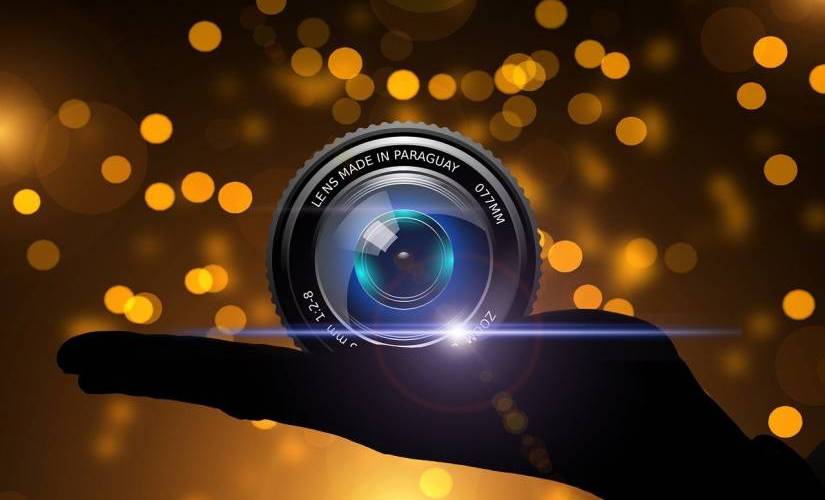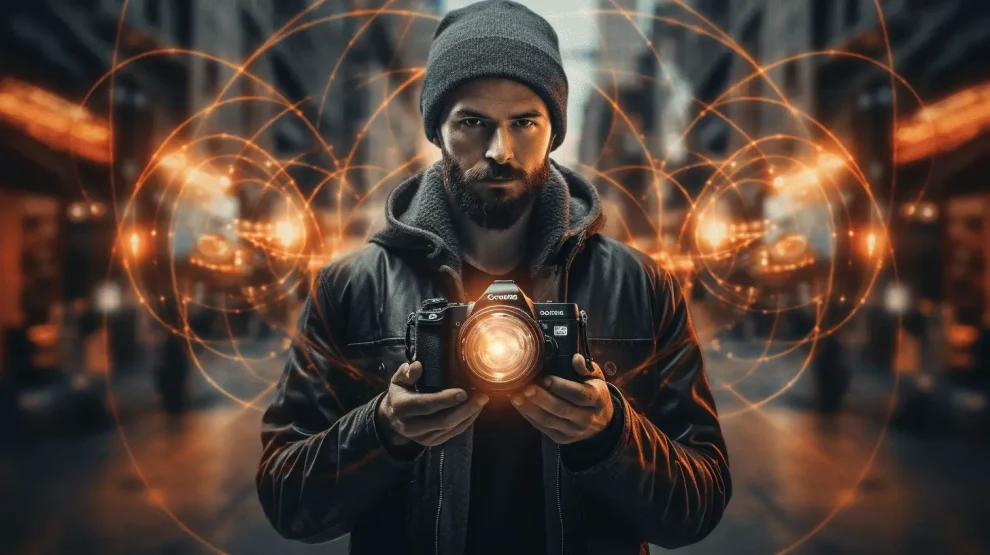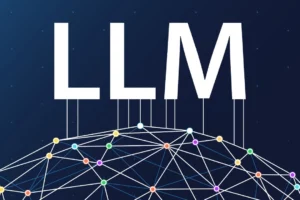The world of photography is undergoing a fascinating transformation as Artificial Intelligence (AI) takes center stage. No longer solely the domain of human intuition and manual adjustments, AI algorithms are now injecting their magic into image and video processing, opening up a new era of creative possibilities.
From Basic Enhancements to Artistic Transformations
Imagine capturing a stunning sunset, only to find it shrouded in unwanted noise or lacking vibrant colors. AI-powered software can now analyze your image, intelligently remove noise, and adjust color balance to reveal the scene’s hidden beauty.
But AI goes beyond mere touch-ups. It can also unleash your artistic vision, transforming ordinary photos into captivating works of art. Algorithms can apply artistic filters, mimic the styles of renowned painters, or even generate entirely new landscapes and portraits based on your imagination.

The Power of Algorithms
At the heart of this revolution lie sophisticated algorithms trained on massive datasets of images and videos. These algorithms learn to identify patterns, textures, and relationships within visual data, allowing them to perform a variety of tasks:
- Noise reduction: AI can effectively remove unwanted noise from low-light photos or grainy videos, resulting in crisp and clear visuals.
- Super-resolution: Algorithms can upscale blurry or low-resolution images, significantly enhancing their detail and sharpness.
- Color correction and enhancement: AI can automatically adjust color balance, contrast, and exposure, optimizing the overall visual appeal of your photos and videos.
- Object removal and replacement: Unwanted elements like blemishes or distracting objects can be seamlessly removed from your images, while AI can also fill in missing regions with remarkable accuracy.
- Style transfer: Apply the brushstrokes of Van Gogh or the dreamy hues of Monet to your photos with a click, transforming them into artistic masterpieces.
- Automatic scene optimization: AI can analyze your photo’s content and lighting conditions, applying the ideal adjustments for portraiture, landscapes, or any other scenario.
The Rise of AI-powered Photography Tools
A plethora of AI-powered photo editing tools are now available, catering to both professional photographers and casual enthusiasts. Popular options include:
- Adobe Photoshop AI: Integrates AI features like automatic sky replacement, object selection, and skin smoothing.
- Luminar AI: Offers AI-powered tools for noise reduction, color enhancement, and mood adjustments.
- Topaz Labs: Specializes in AI-powered tools for noise reduction, sharpening, and upscaling.
- Remini: Uses AI to enhance old and blurry photos, bringing them back to life.
AI: A Partner, Not a Replacement
It’s important to remember that AI in photography is not meant to replace human creativity and skill. Instead, it serves as a powerful partner, augmenting our abilities and opening doors to previously unimaginable artistic expressions. With AI handling the technical heavy lifting, photographers can focus on their artistic vision and storytelling, pushing the boundaries of what’s possible.
The Future of AI Photography
The future of AI photography is brimming with possibilities. As algorithms become more sophisticated and data sets expand, we can expect even more groundbreaking advancements:
- Real-time AI assistance: Imagine cameras that suggest optimal settings, recommend creative edits, or even automatically capture the perfect moment based on your desired style.
- Personalized photography experiences: AI could tailor photo editing tools and suggestions to your individual preferences and artistic voice.
- Generative photography: AI could go beyond enhancing existing photos, actually generating entirely new and unique images based on your descriptions or concepts.
As AI continues to evolve, its impact on photography will undoubtedly deepen, blurring the lines between reality and artistic creation. It’s an exciting time to be a photographer, as the canvas of possibilities expands beyond the traditional lens, embracing the magic of algorithms and ushering in a new era of visual storytelling.
I hope this overview of AI photography and its potential provides valuable insights. Please let me know if you have any other questions!
















Add Comment